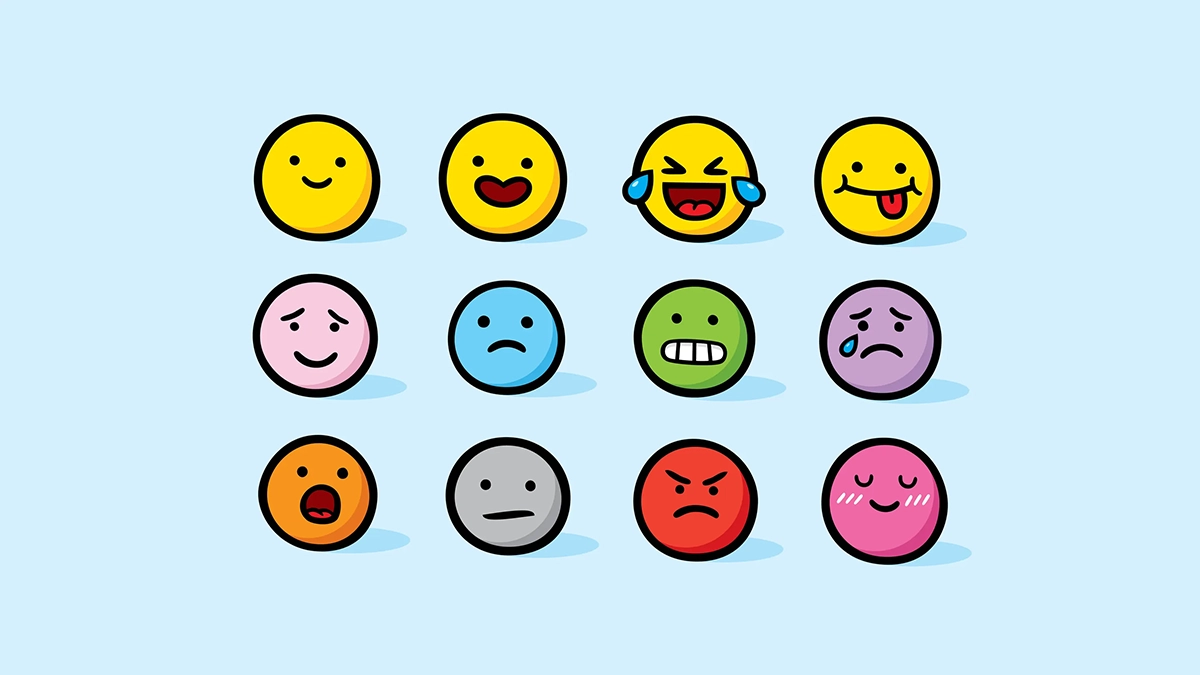by Laura Henkel PhD
In the dynamic world of arts and cultural landscapes, emotions often run high. Artists pour their hearts into their creations, cultural institutions strive to evoke powerful reactions, and audiences respond with passion. Yet, amidst this whirlwind of emotion, there lies a delicate balance between the heart and the bottom line.
One of the most common pitfalls in the arts and business realm is allowing emotions to dictate decisions. While emotions can fuel creativity and passion, they can also cloud judgment and lead to impulsive choices. In business, this can manifest in decisions based on personal attachments rather than strategic objectives. Whether it’s holding onto an underperforming project out of sentimental value or making deals based on personal relationships rather than financial viability, succumbing to emotions can undermine long-term success.
However, amidst the cautionary tales of emotions gone awry, there exists a beacon of guidance: intuition. Unlike raw emotion, intuition is a subtle yet powerful force, often rooted in deep understanding and experience. In the context of arts and culture, intuition can be a valuable tool for decision-making.
Intuition allows individuals to tap into their subconscious knowledge, drawing on years of experience and expertise to make informed choices. It enables artists to sense when a piece is truly resonating with audiences, curators to discern the perfect placement for an exhibit, and entrepreneurs to identify emerging trends before they hit the mainstream.
Moreover, intuition in the arts is often intertwined with a profound connection to the cultural zeitgeist. Artists and cultural leaders who possess a keen intuition can anticipate shifts in public sentiment, adapt to changing tastes, and stay ahead of the curve in an ever-evolving landscape.
Yet, intuition must be tempered with a dose of rationality. While gut instincts can guide decisions, they should be complemented by data-driven analysis and strategic planning. By marrying intuition with business acumen, individuals can harness the power of both heart and mind to navigate the complexities of the arts and cultural industries.
In conclusion, the intersection of emotions and business in arts and culture is fraught with challenges and opportunities. While unchecked emotions can lead to pitfalls and missteps, intuition offers a guiding light for those navigating this intricate terrain. By striking a balance between emotional resonance and rational decision-making, individuals can chart a course towards success in the dynamic world of arts and culture.

